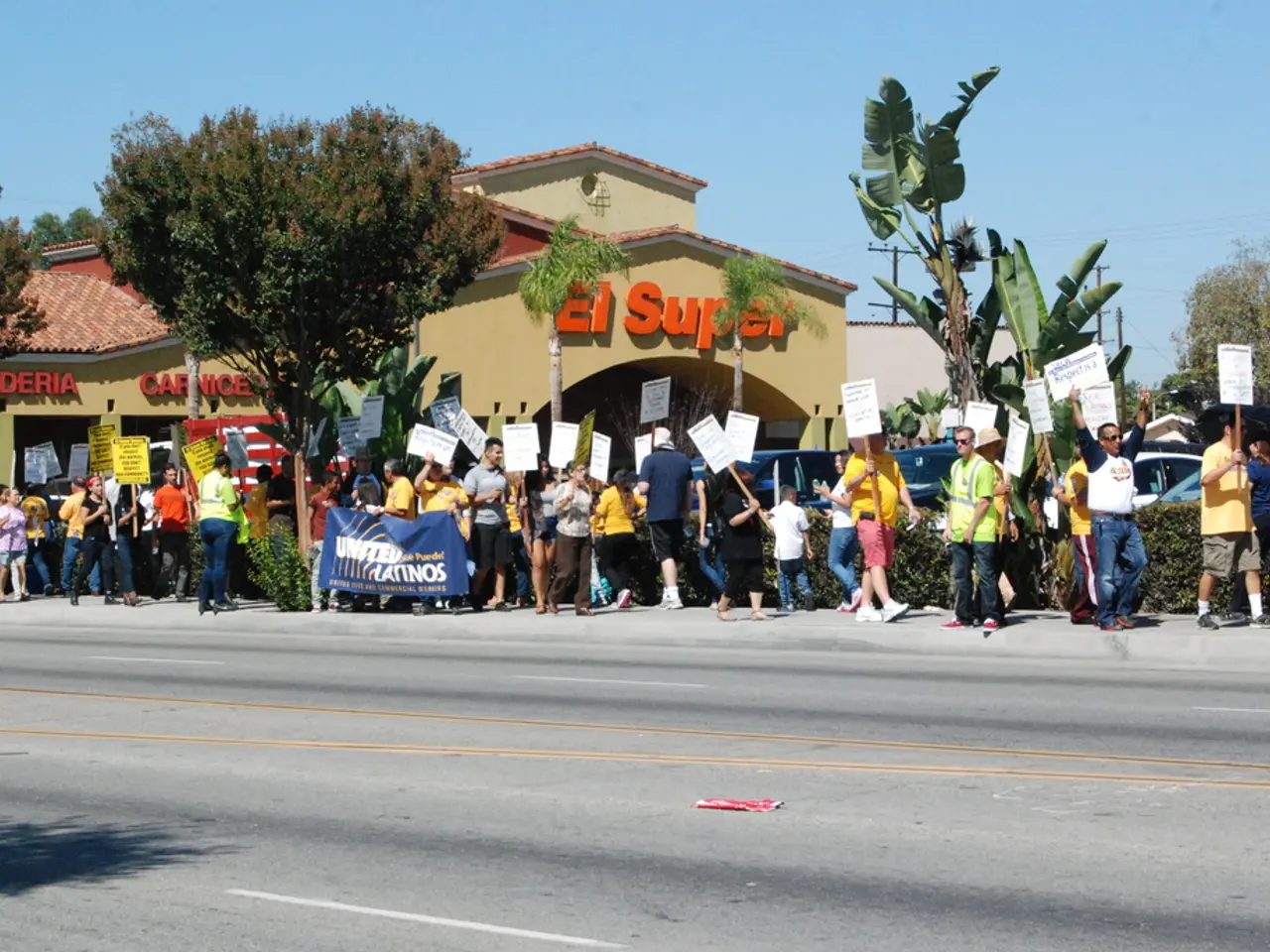Understanding Voting Privileges in the Context of Pre-Disaster, During-Disaster, and Post-Disaster Scenarios
In the face of natural disasters, the voting process can be significantly impacted, particularly in coastal states like Florida, Alabama, Mississippi, North Carolina, South Carolina, Louisiana, Georgia, and Texas. Here's a comprehensive guide on the challenges and accommodations implemented to ensure voting accessibility during such times.
## Challenges Faced
Natural disasters, such as hurricanes, can cause widespread displacement, making it challenging for voters to access polling stations. This may necessitate alternative voting measures like mail-in ballots or temporary polling sites. Storms can also damage or destroy election infrastructure, including polling stations and vital records, requiring flexibility in voting arrangements.
## Accommodations and Regulations
Governors or election supervisors may issue executive orders to accommodate displaced voters. For example, Florida's Governor DeSantis allowed flexibility in early voting sites and eased mail-in ballot rules following storm damage. Voter registration deadlines may also be debated or extended to accommodate those affected by disasters, although this is not always implemented.
The use of mail-in ballots can be crucial for voters who are displaced or unable to reach physical polling locations. Rules may be relaxed to allow for easier access to these ballots. Civil rights advocacy groups often push for improved accommodations to ensure that all eligible voters can participate, regardless of disaster-related challenges.
## Examples
Following storms like Hurricane Helene and Hurricane Ian, Florida provided flexibility in voting procedures, including adjustments to mail-in ballots and early voting sites. However, there were calls to extend voter registration deadlines, which were not met.
While specific adaptations vary, most states seek to maintain voting accessibility through similar measures, ensuring that elections proceed as smoothly as possible despite the challenges posed by natural disasters.
## Key Takeaways
- States employ a range of accommodations to ensure that citizens can exercise their right to vote during natural disasters. - Some states may exempt voters from showing ID if it was destroyed in a disaster. - Deadlines for voter registration vary by state, with some states requiring registration up to 30 days before Election Day. - Absentee voting, or mail-in voting, is offered by every state, but some require valid excuses. - In a disaster, governors can extend voting deadlines, allow ballots to be forwarded, change or add polling places, or postpone municipal elections, but rules vary by state. - Each state has different voter ID laws, with some requiring photo identification, documents, or signatures.
In the aftermath of a disaster, it's crucial to confirm your polling place and be prepared for long lines. Some ride-share services and public transit systems offer free rides on Election Day. Absentee voting can be beneficial for those recently displaced by extreme weather.
Experts are forecasting active hurricane and wildfire seasons, making it more important than ever to be prepared for disruptions to the voting process. In the wake of a disaster, it's essential to stay informed and seek help when needed. Call or text 866-OUR-VOTE to report voter intimidation.
The U.S. Vote Foundation provides a tool to access county election office contact information. For more information and resources specific to your coastal state, visit the provided links.
- Natural disasters, such as hurricanes, can pose significant challenges for voters, as widespread displacement may prevent access to polling stations.
- These challenges are addressed through alternative voting measures, such as mail-in ballots or temporary polling sites.
- Storm damage to election infrastructure, including polling stations and vital records, may require flexibility in voting arrangements.
- Governors or election supervisors may issue executive orders to accommodate displaced voters, as Florida's Governor DeSantis did following storm damage.
- Voter registration deadlines may be debated or extended to accommodate those affected by disasters, but this is not always implemented.
- The use of mail-in ballots can be crucial for voters who are displaced or unable to reach physical polling locations.
- Civil rights advocacy groups push for improved accommodations to ensure that all eligible voters can participate, regardless of disaster-related challenges.
- After storms like Hurricane Helene and Hurricane Ian, Florida provided flexibility in voting procedures, including adjustments to mail-in ballots and early voting sites.
- While specific adaptations vary, most states seek to maintain voting accessibility through similar measures, ensuring that elections proceed as smoothly as possible during natural disasters.
- In a disaster, governors can extend voting deadlines, allow ballots to be forwarded, change or add polling places, or postpone municipal elections, but rules vary by state.
- It's crucial to confirm your polling place and be prepared for long lines in the aftermath of a disaster.
- In the wake of a disaster, it's essential to stay informed and seek help when needed, by calling or texting 866-OUR-VOTE to report voter intimidation.





